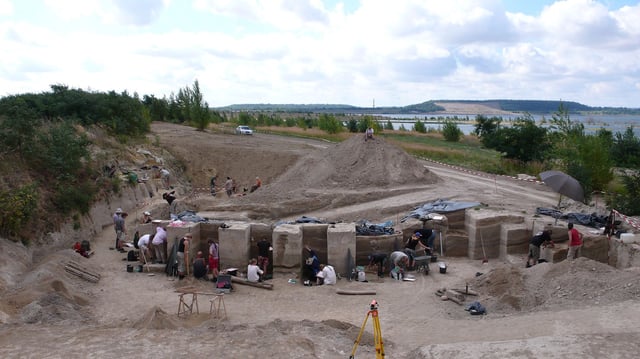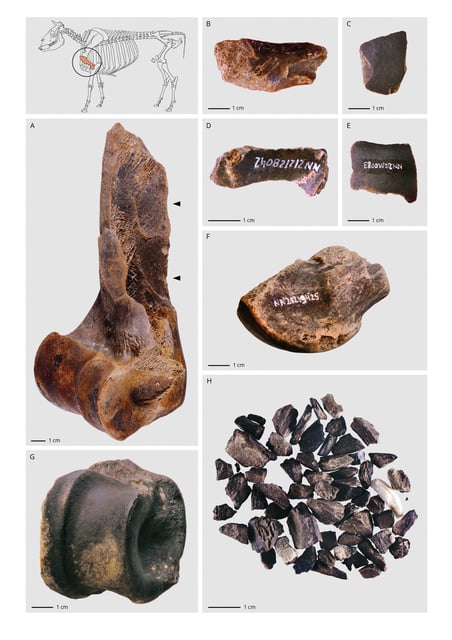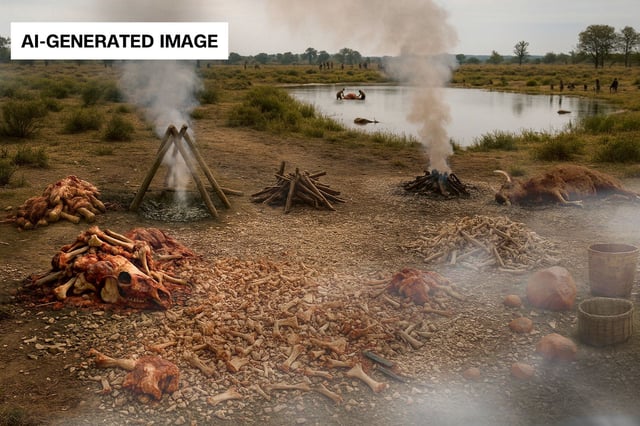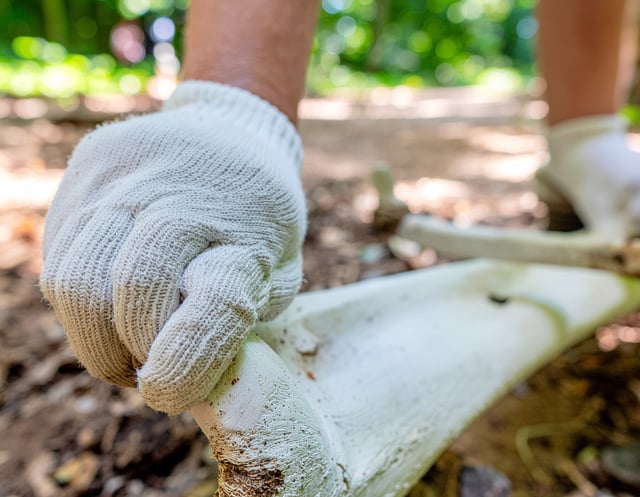Overview
- Archaeologists recovered over 100,000 fragments from at least 172 large mammals at Neumark-Nord, marking a dedicated site for bone-grease production 125,000 years ago.
- Evidence of smashed marrow-rich bones alongside heated flint artifacts suggests Neanderthals used fire and likely boiling in perishable vessels to extract and collect bone grease.
- Concentrated bone clusters and specialized task zones at the lakeside site indicate forward planning and dedicated use for fat processing rather than immediate consumption.
- Published in July 2025, the study pushes back the known origins of hominin bone-grease rendering by nearly 100,000 years.
- Researchers are now investigating the precise boiling methods, storage practices and the potential existence of similar fat-processing sites across Europe.



